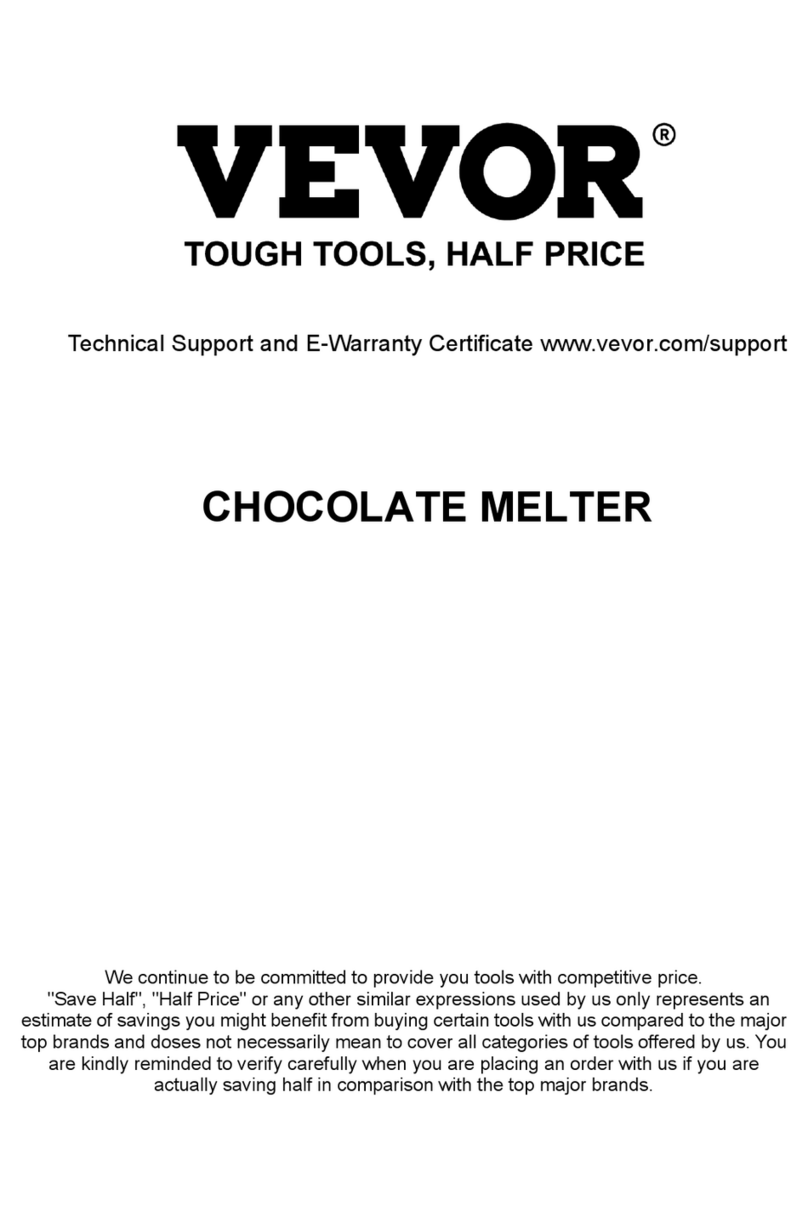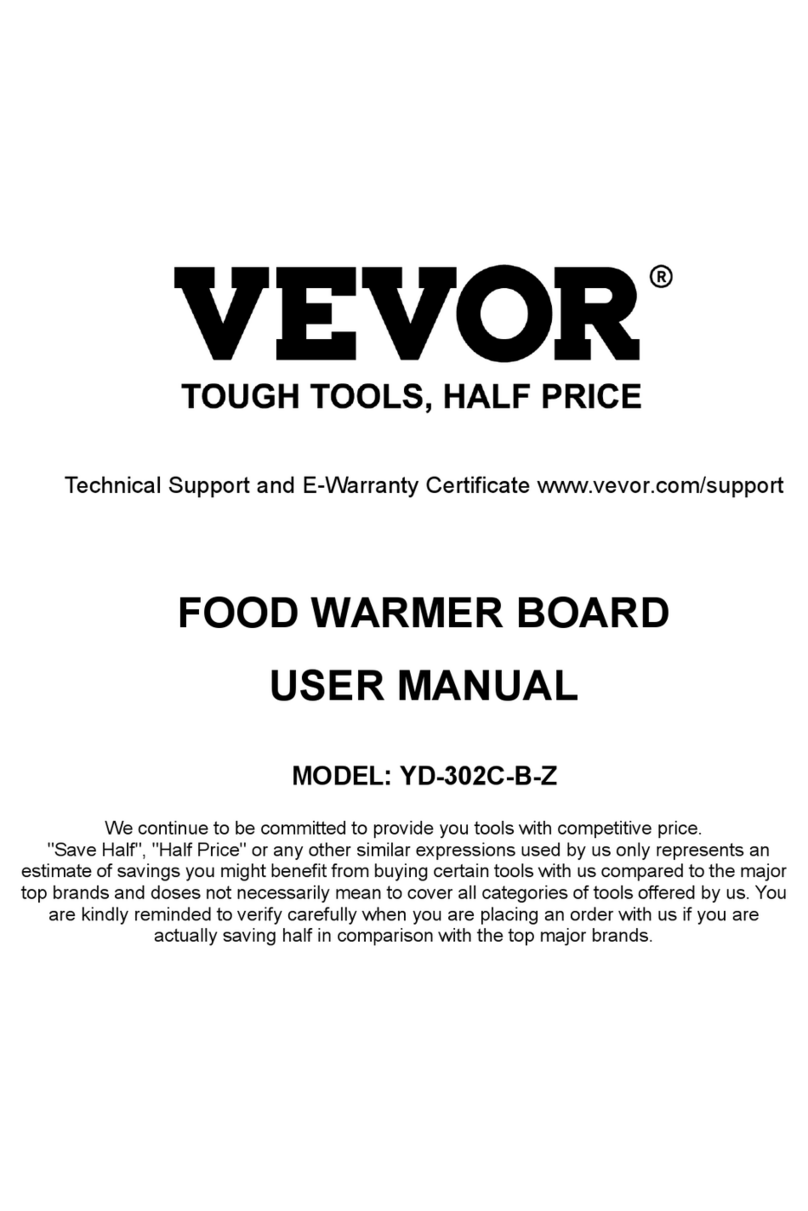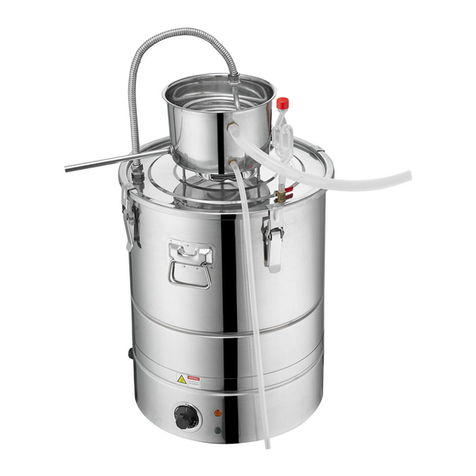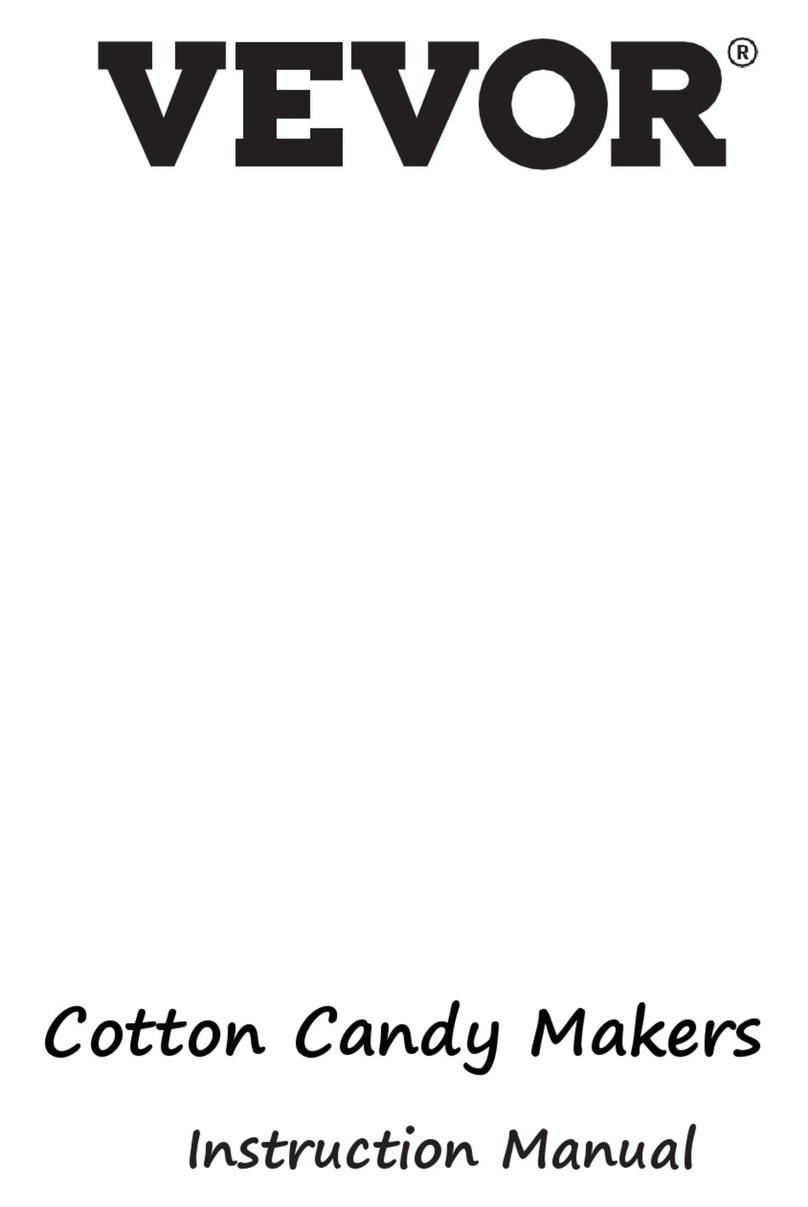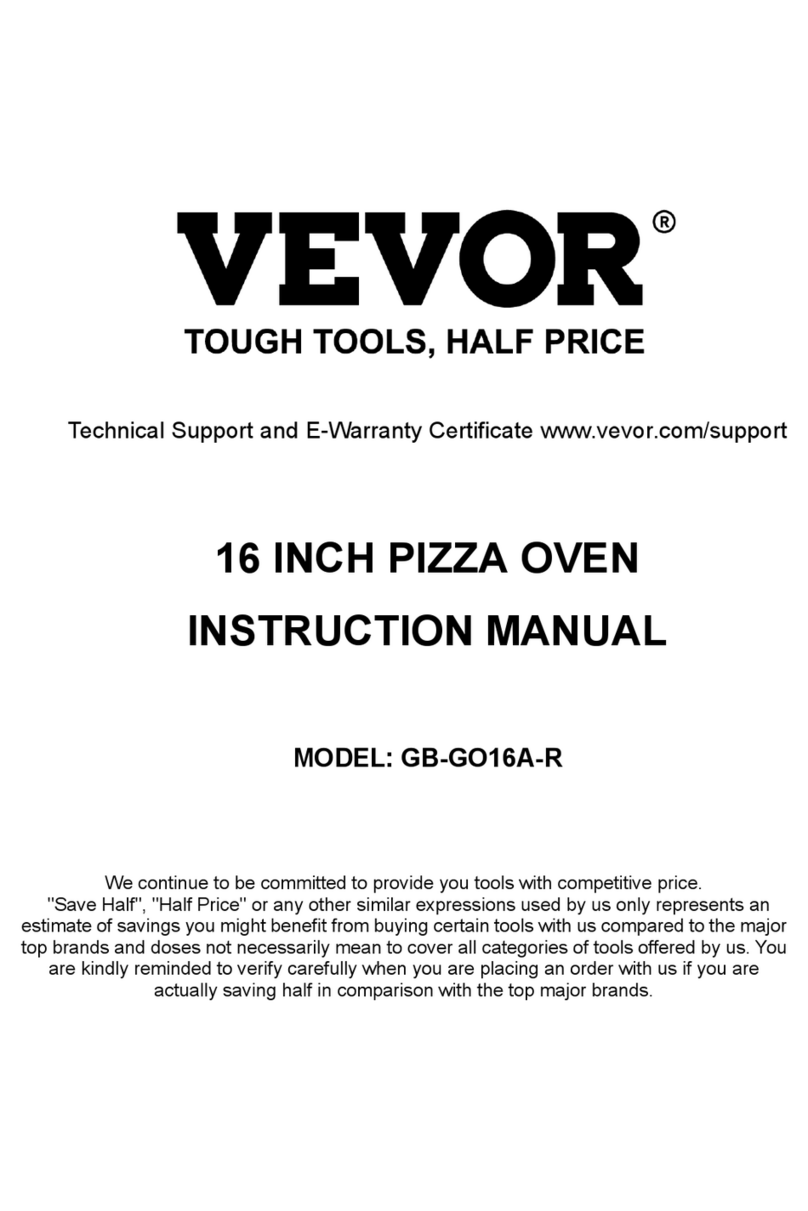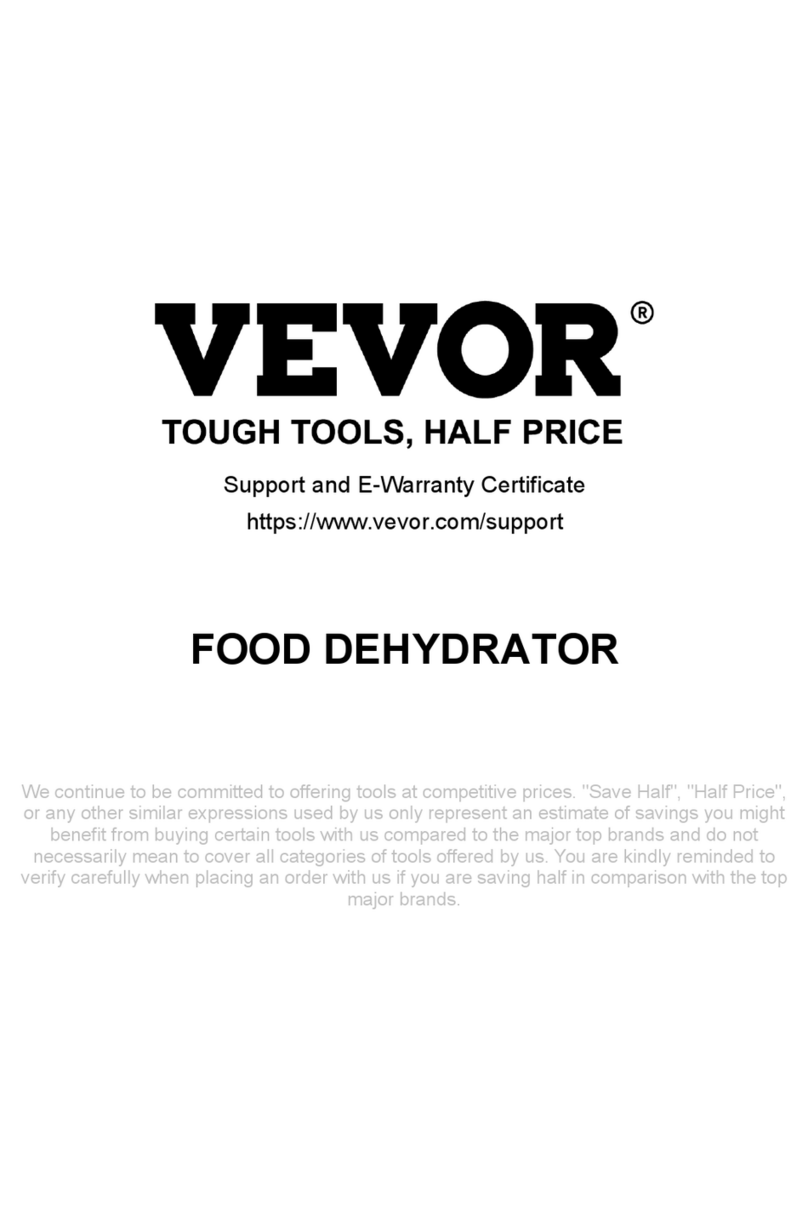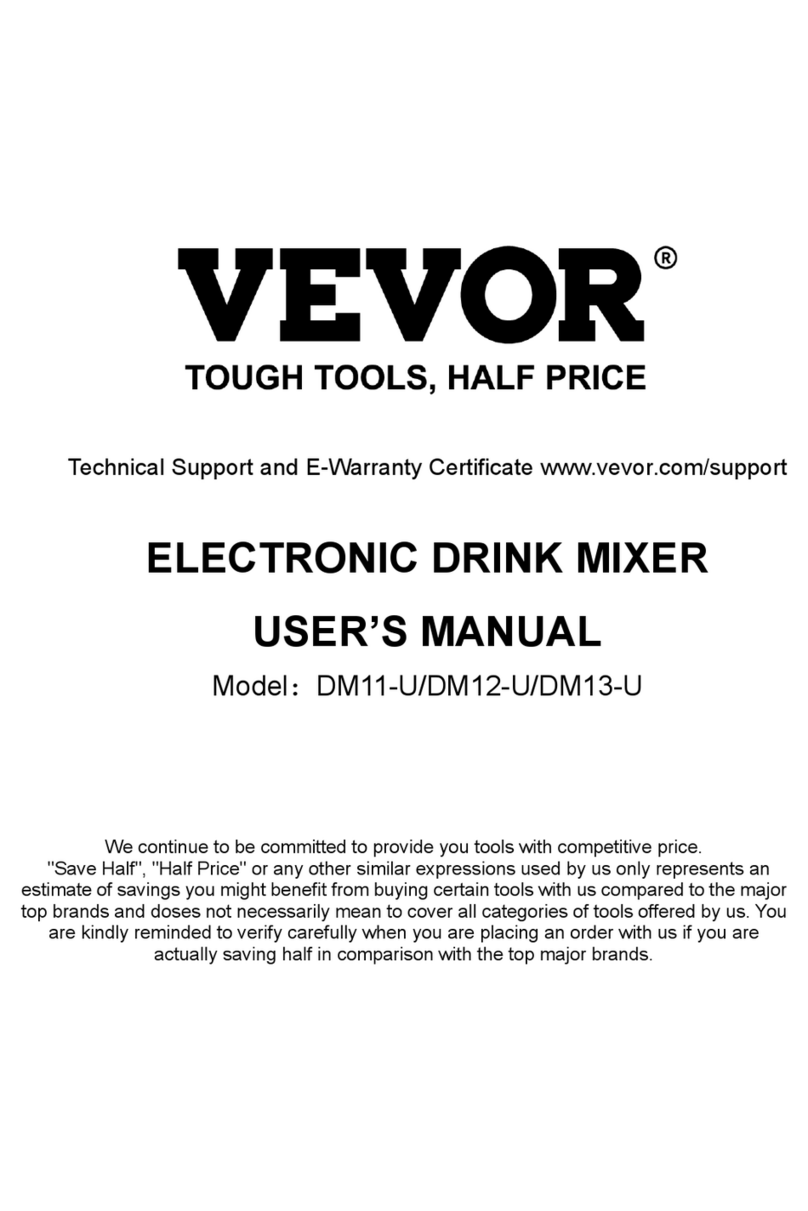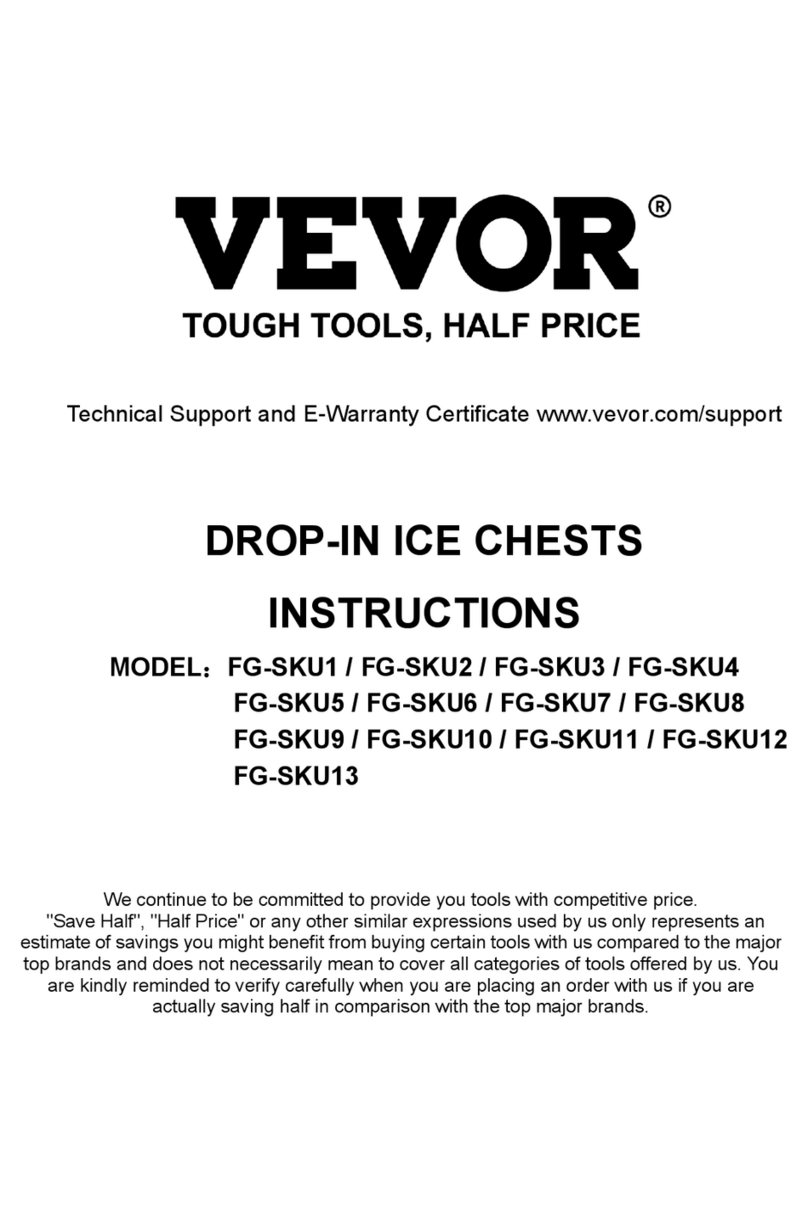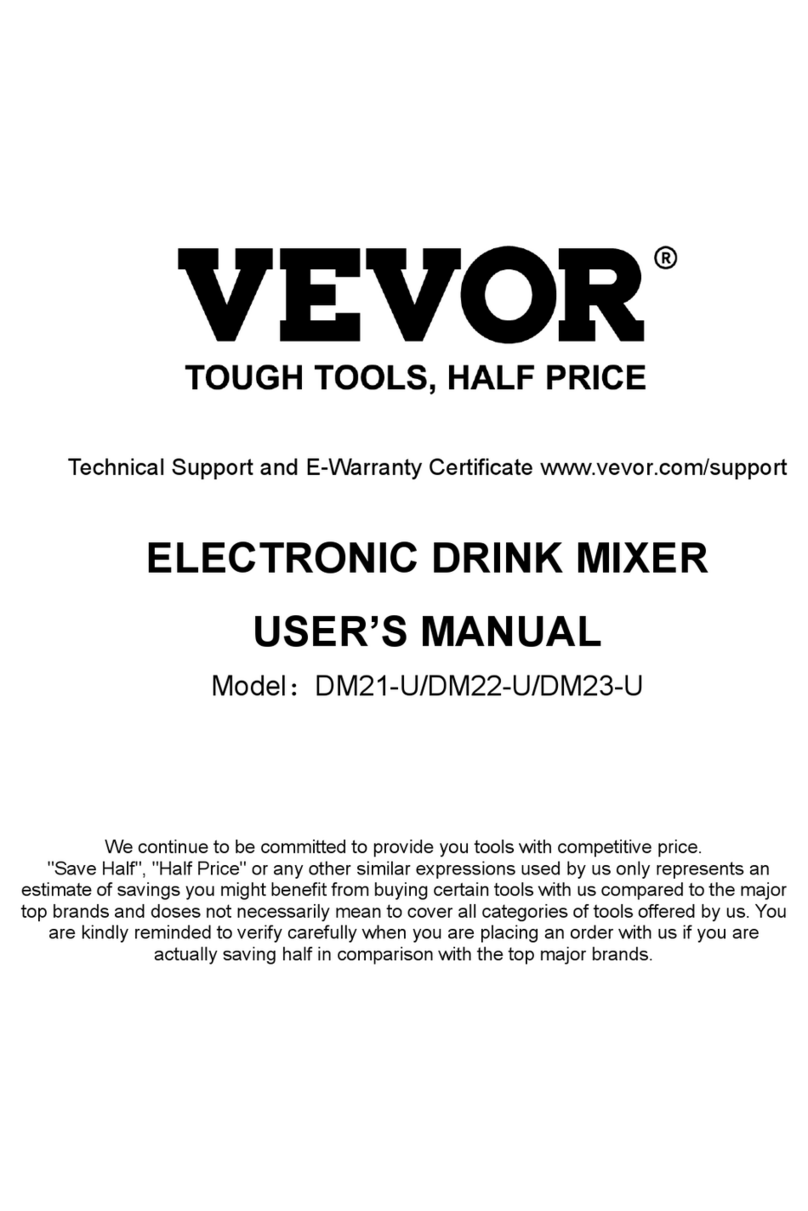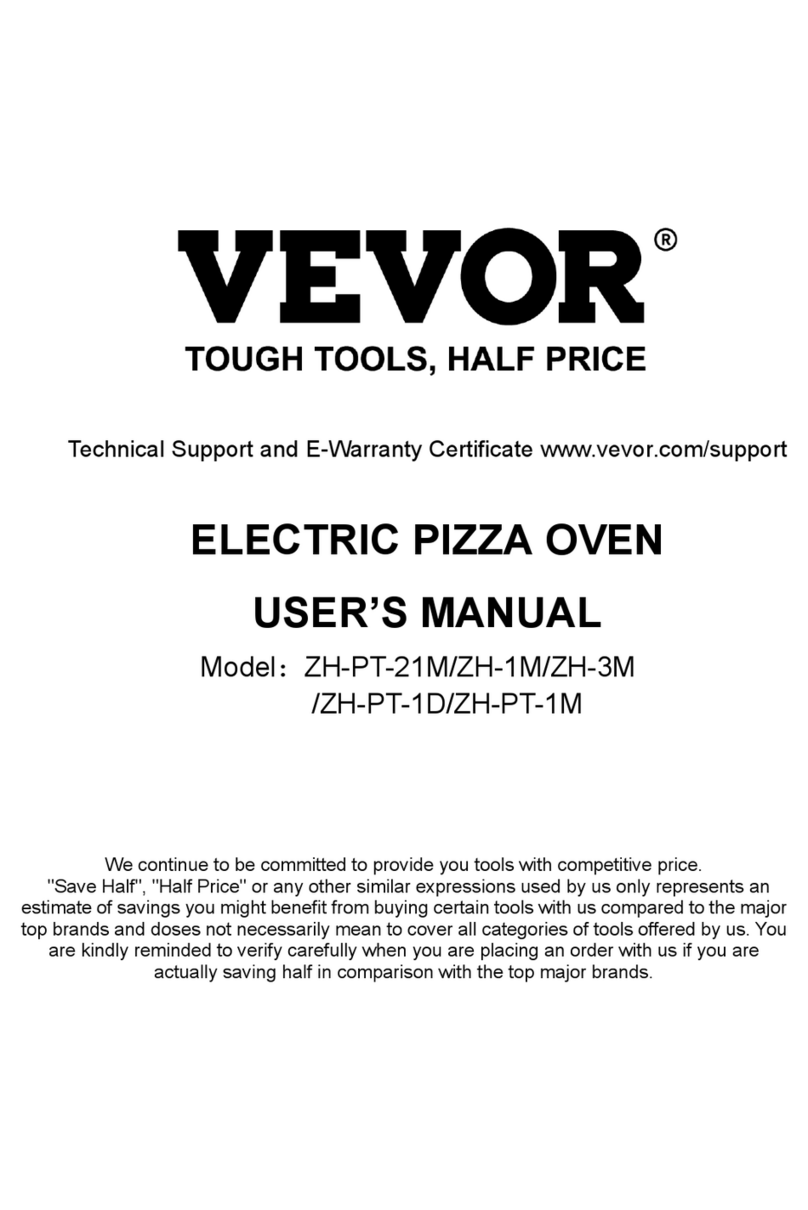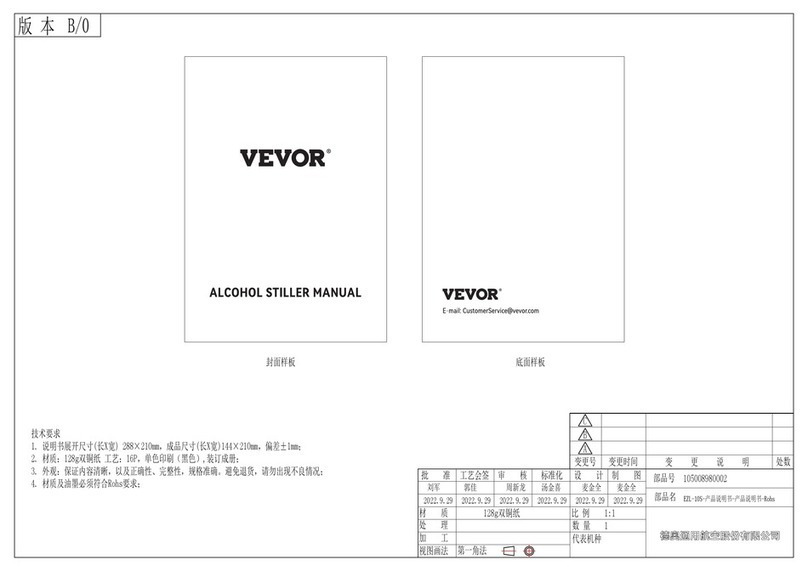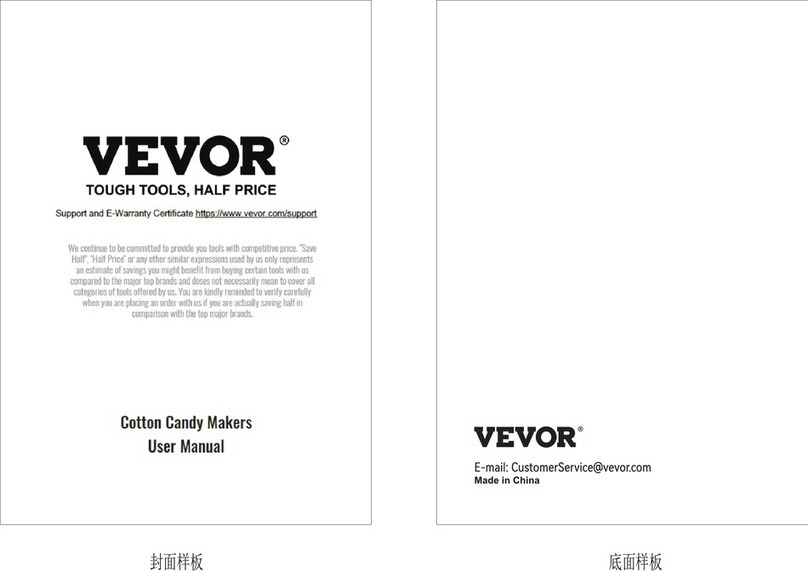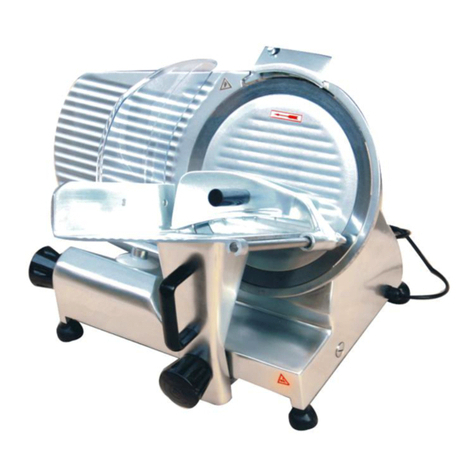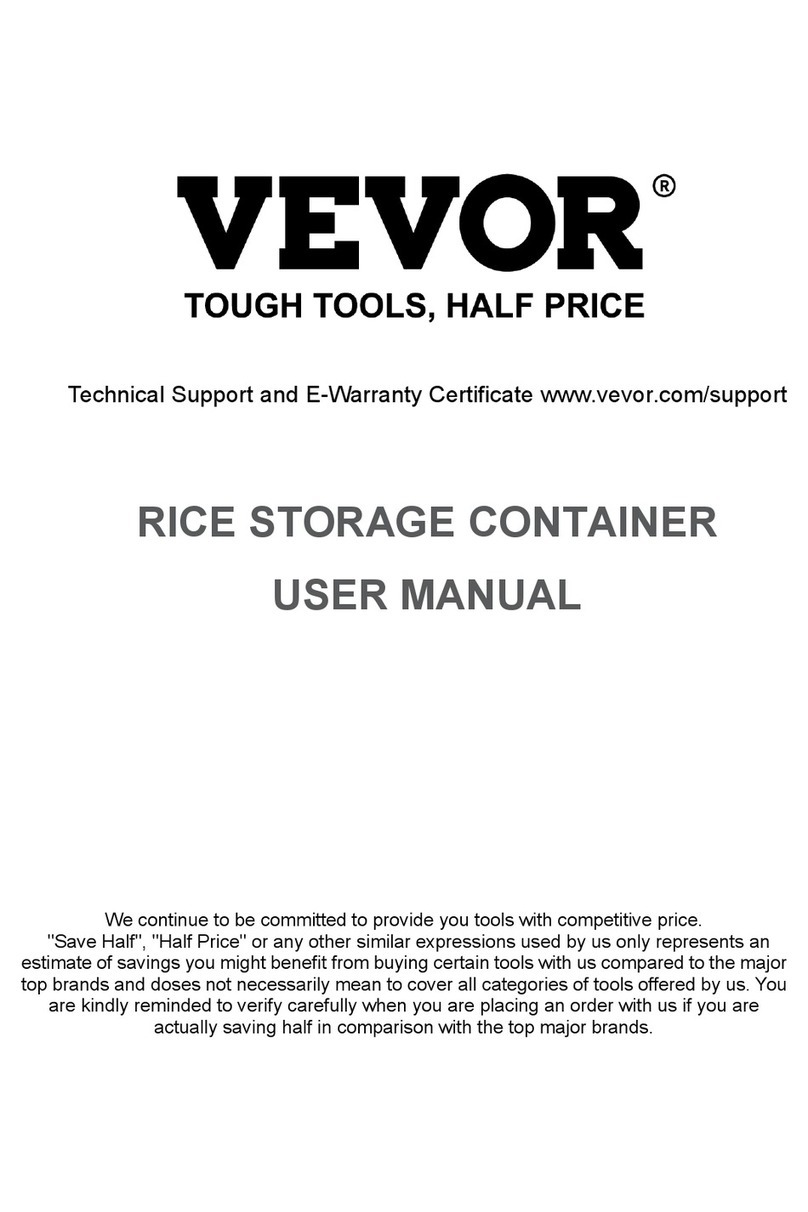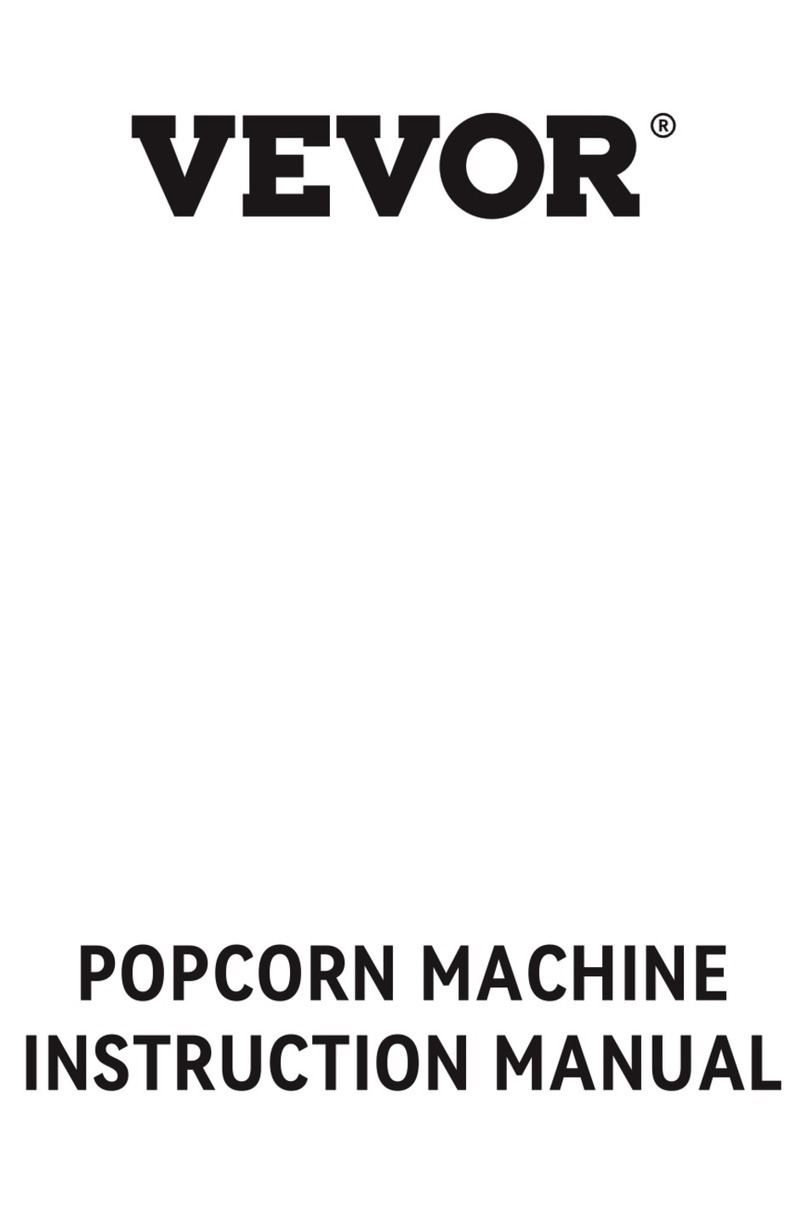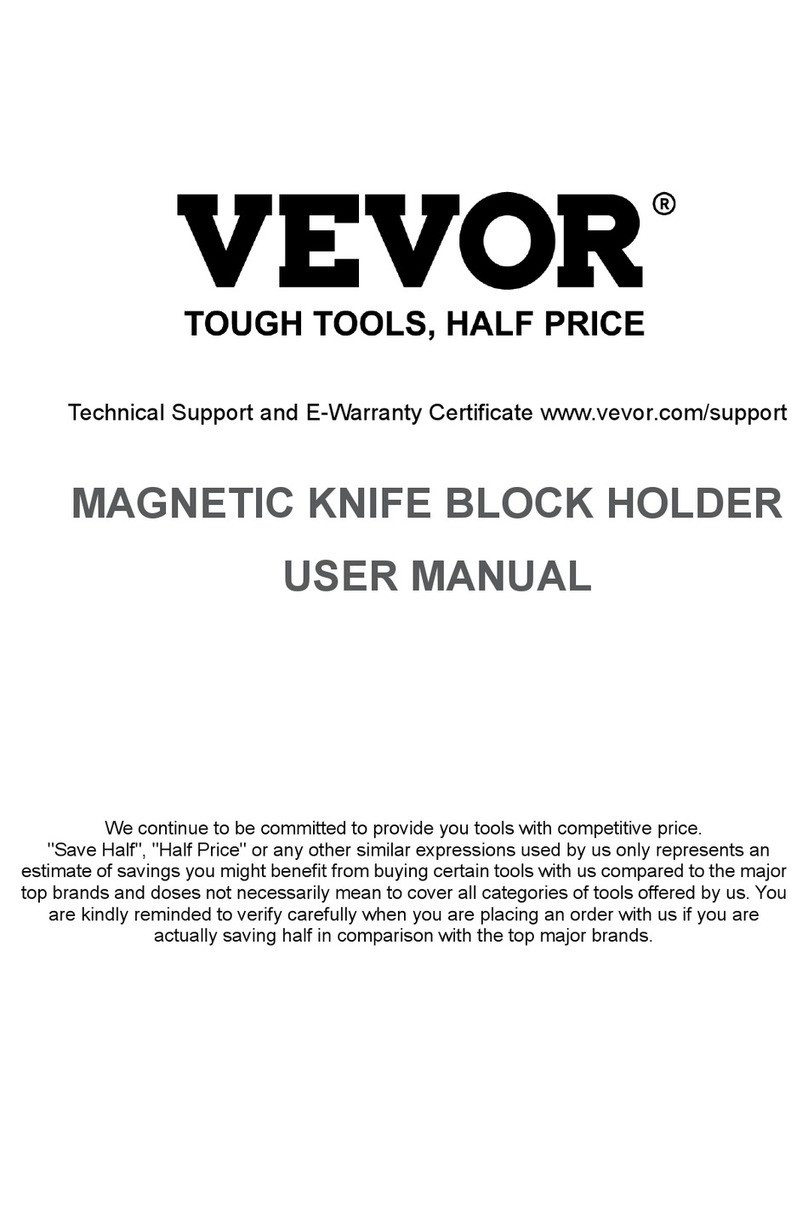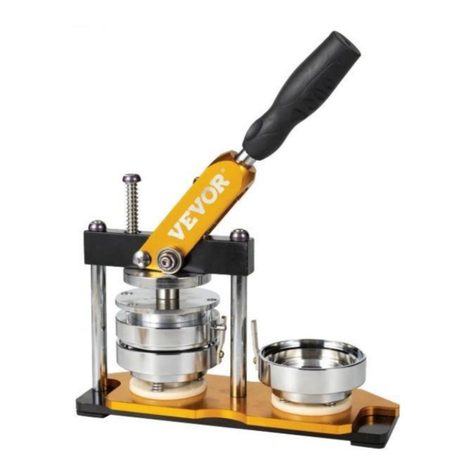
IMPORTANT SAFEGUARDS
When using this electrical appliance, safety precautions
should always be observed, including the following:
READ ALL INSTRUCTIONS
1. Carefully read all of the instructions before using this appliance and save
for future reference.
2. Before plugging cord into wall outlet, or disconnecting, make sure that
the cover of the machine is in unlocked condition, and unplug from outlet
when not in use or before cleaning.
3. This appliance is not a toy, when used by or near children, close
attention is necessary, and store this appliance to a safe place, out of the
reach of children.
4. Do not use any bags or attachments not recommended or appointed,
and don’t use this appliance for other purpose except its intended use.
5. Stop using the machine immediately if the cord is damaged and have it
replaced by a professional.
6. Keep away from moving parts.
7. Do not contact the hot sealing element located on edge of the top
housing of this machine. It is hot and may get burn.
8. Do not try to repair this appliance by yourself.
9. Don't use the appliance if it has fallen or appeared to be damaged.
10. Avoid to do the following: pull or carry by the cord, use cord as a handle,
close a door on cord, or pull cord around sharp edges or corners. Do not
operate appliance over cord or cord / plug is wet.
11. Keep away from hot gas, heated oven, electric burner or any other hot
surfaces. Do not use this appliance on wet or hot surface or near a heat
source.
12. It’s better not to use an extension cord with this unit. However, if one is
used, it must have a rating equal to or exceeding the fating of this
appliance.
13. When disconnect, to avoid any injury, please unplug by grasp the plug,
not the cord.
